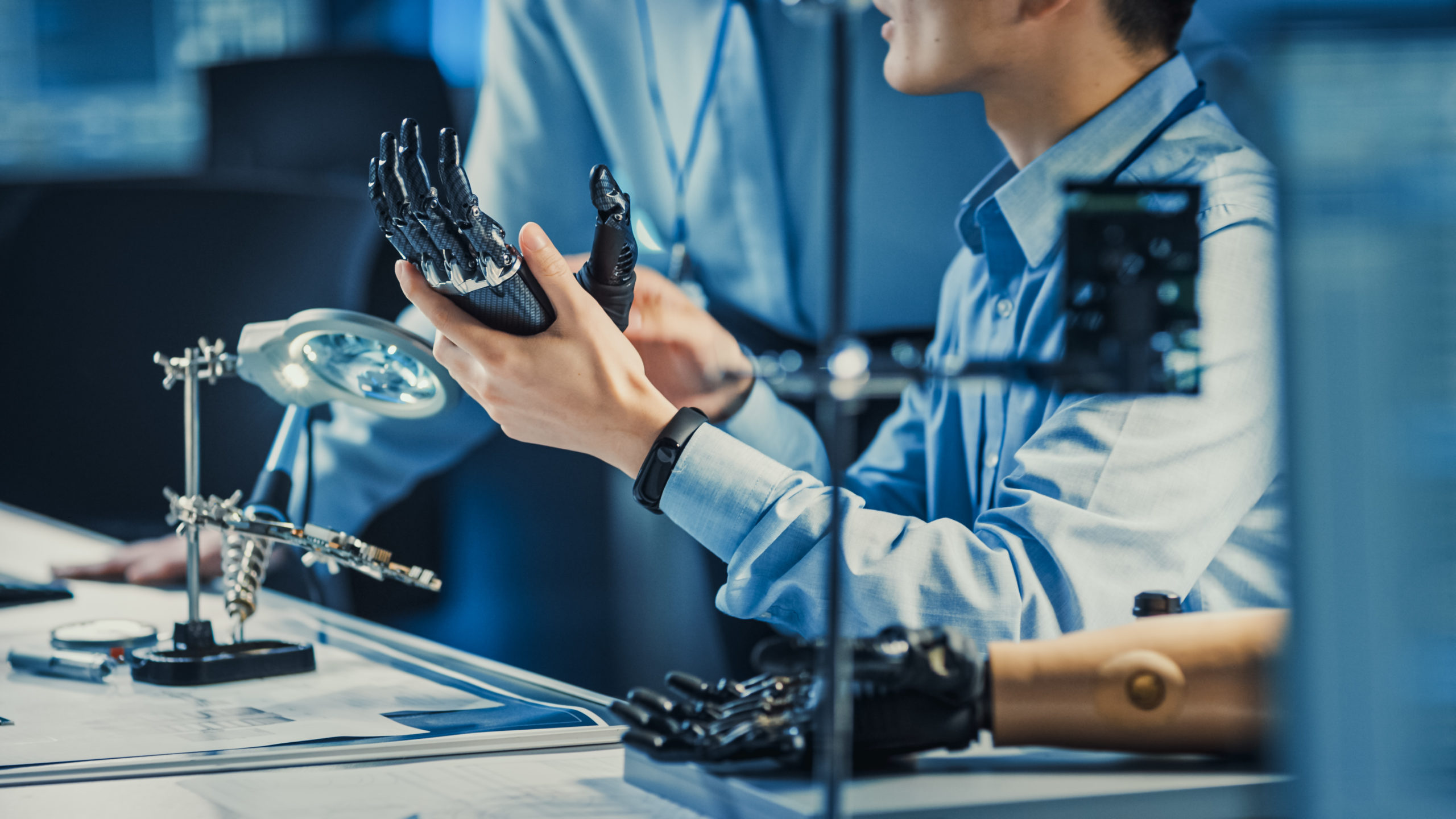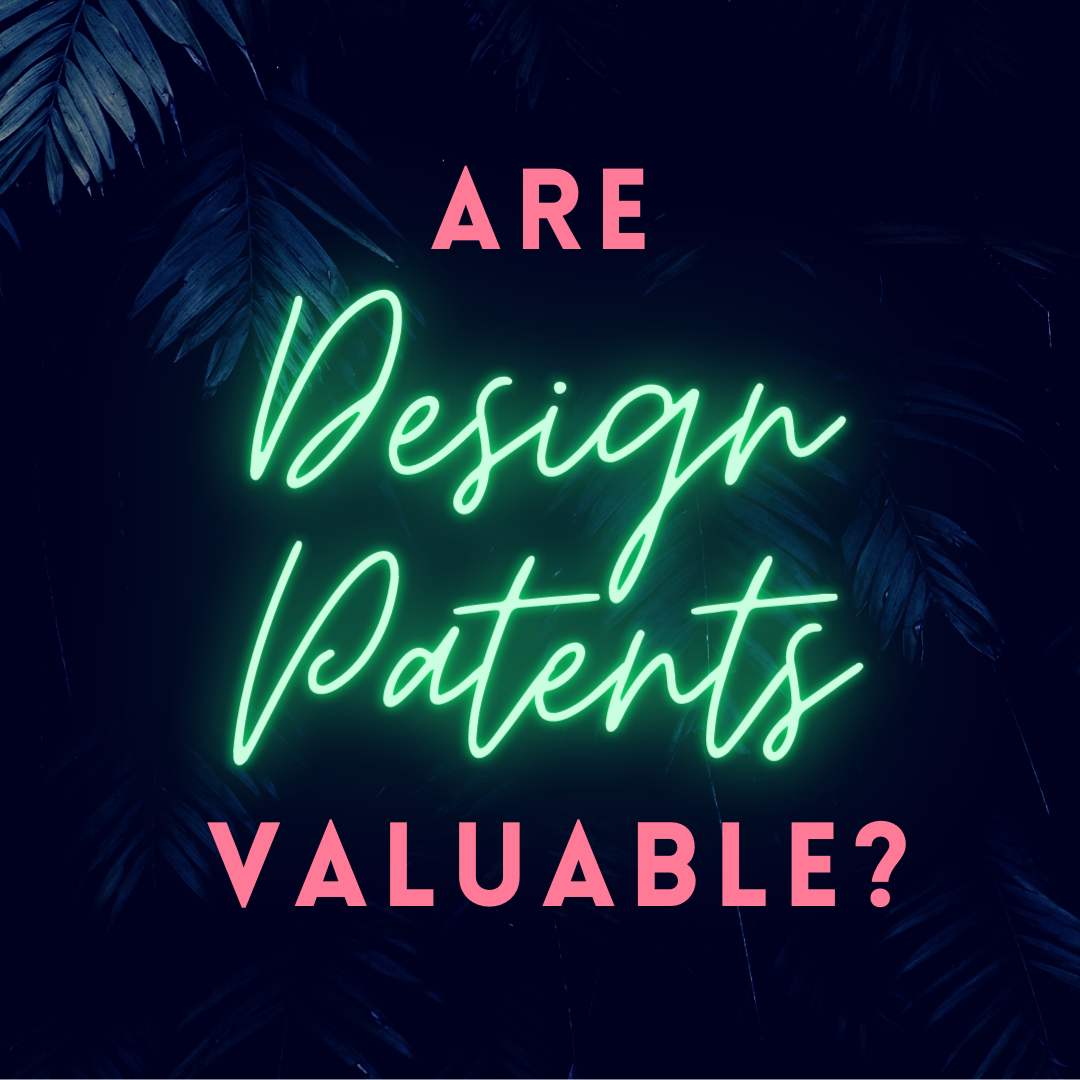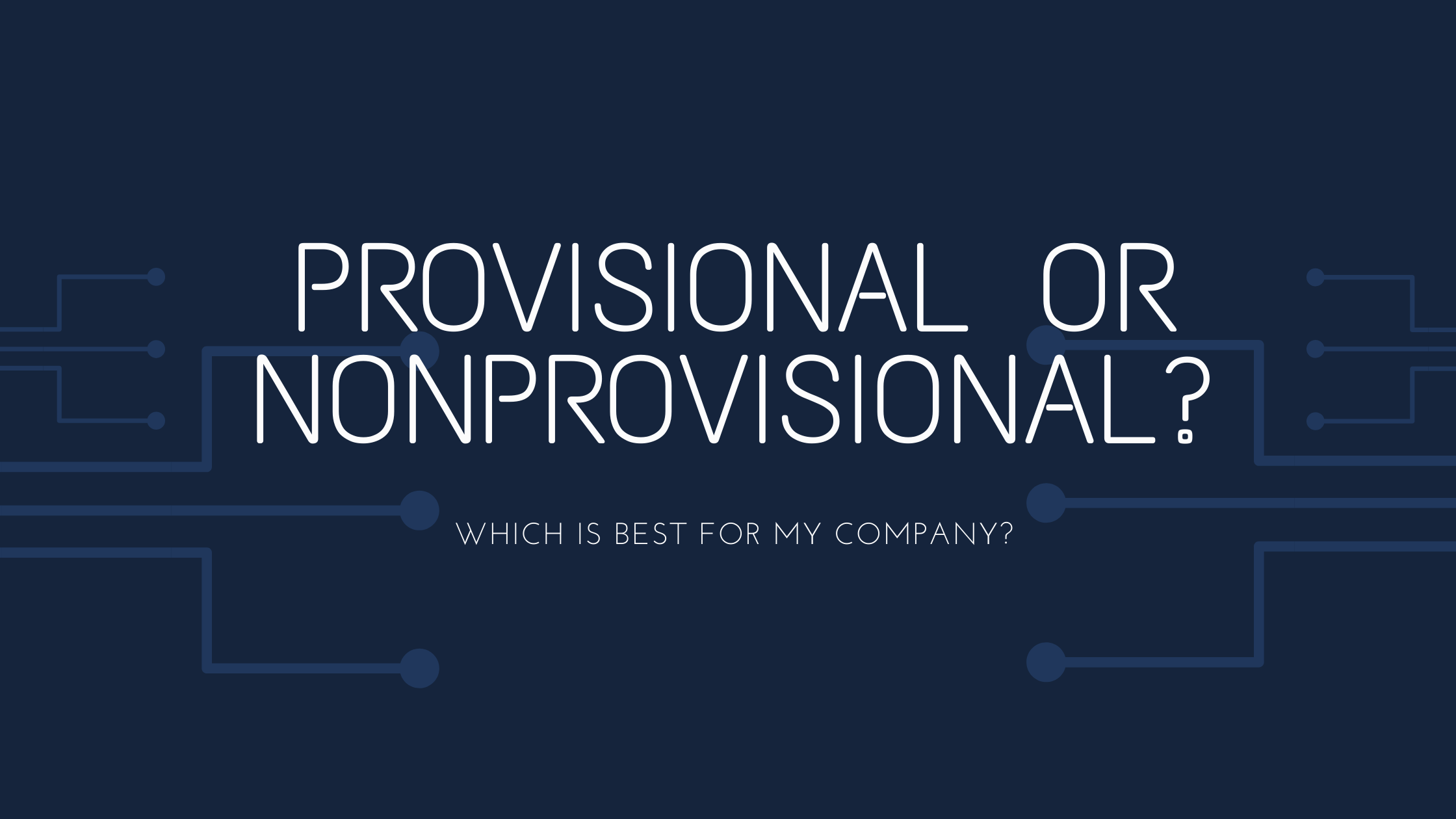Patent rights are negative rights. Rather than entitling the holder to use the technology claimed in a patent, the patent entitles the holder to exclude others from making, using, selling, or otherwise “practicing” the claimed invention — even if the holder is not actually using the patent. While this may seem strange at first glance, the Intellectual Property Clause of the Constitution grants to authors and inventors “the exclusive right to their respective writings and discoveries.” One who makes, uses, or sells a patent invention infringes the holder’s patent and is liable to the patent holder for damages. But there are several distinct types of patent infringement, as an Alabama IP litigation lawyer explains.
As advancements are made in the medical industry, inventors of medical devices need to be aware of the importance of ensuring their intellectual property (IP) is adequately protected. Perhaps the best way to demonstrate why IP protection is essential is to examine the different types of IP protection and how they apply to medical devices, and what can happen when companies forgo the important first step of properly protecting their devices and processes for medical device IP.

The world we live in is constantly evolving, and the commercial, technological landscape is growing by leaps and bounds. In fact, 84% of the value of S&P 500 companies in 2018 consisted of intangibles, such as intellectual property (IP) rights. As a result, it is difficult for investors to ignore the many advantages of investing in IP.

Utility patent applications cover the way an invention function while design patent applications cover the way an invention looks. Many of our clients are candidates for both utility and design applications (often for the same invention). For example, one of our clients is an inventor of a percussive instrument producing cymatic effects. The invention uses water to alter the sound of the drum. We protected the function of the drum with a utility patent (US 10,621,960). Theoretically, the drum could have many different shapes and still function the same. However, the particular drum this inventor brought to market had a specific (and good-looking) design. That specific design was protected with a design patent (D858,626).

Our team is often asked whether a provisional or nonprovisional patent application is the best option for a particular client. Our answer is always the same—it depends. Some of these factors include budget, timing, and goals.


